Granby Farm Day: A Life and Death Matter
Granby (Google Maps location)
September 2023
As you all know, Connecticut has 169 towns. With just over 11,000 residents, Granby is only the 92nd most populous town in the state. And yet… and yet, in terms of CTMQ readership, it seems like half of you live there. I am updated and apprised of Granby goings on perhaps more than I am for any other town.
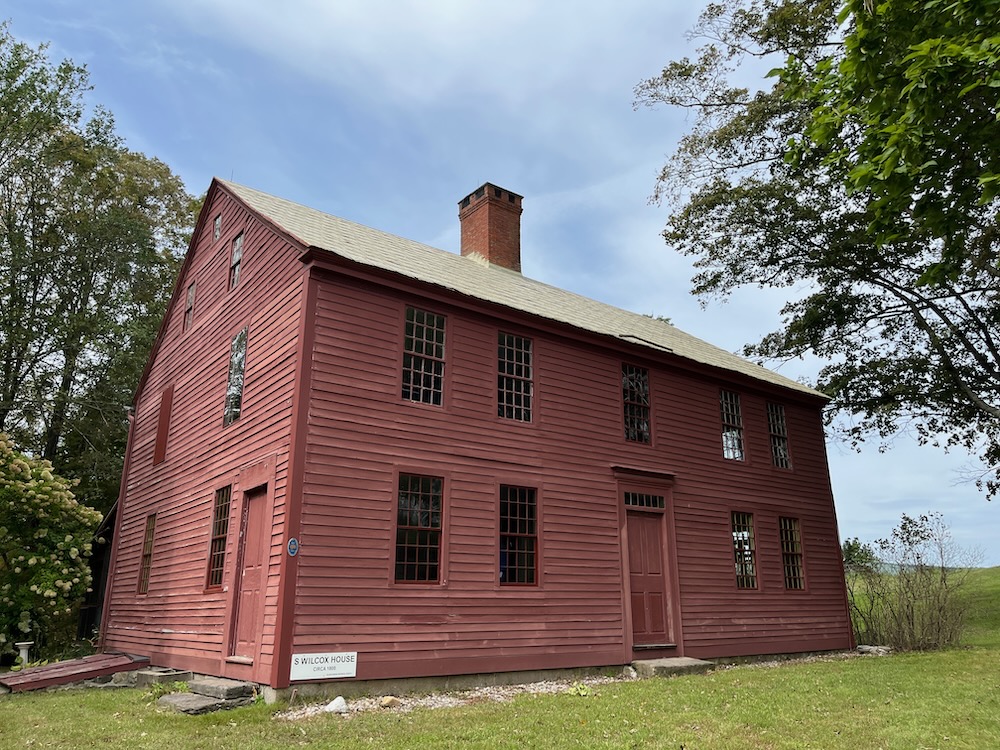
And so, in the weeks leading up to the annual Granby Open Farm Day in 2023, several people let me know that it was coming and all there was to do on that day. It’s the biggest day in Granby every year. Heck, my son’s teacher wrote me and my wife an email making sure we knew it was coming. (I mention my wife because her interest in Granby Open Farm Day equals her interest in playing water polo on the moon, but shout out to Ms. V. for including her.)
Some of my Granby friends knew there was indeed something that I’d want to check out: the Wilcox House Museum. New museums are always exciting for me, and new museums that are not too far away from where I live that are rarely open are even more so. And I had some time to check it out.
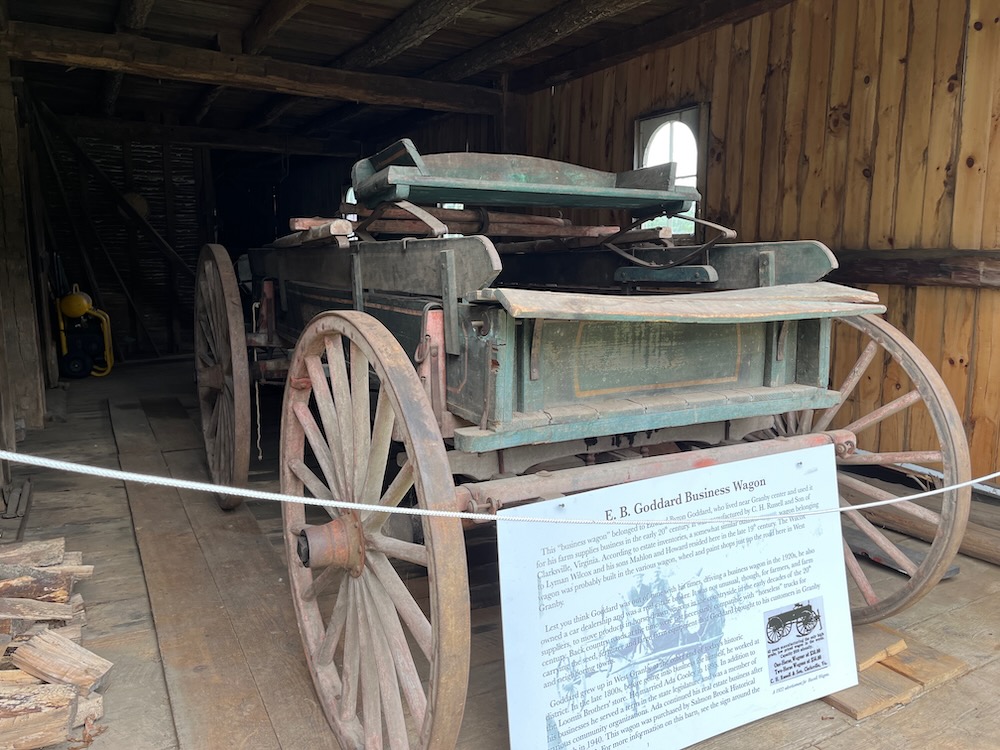
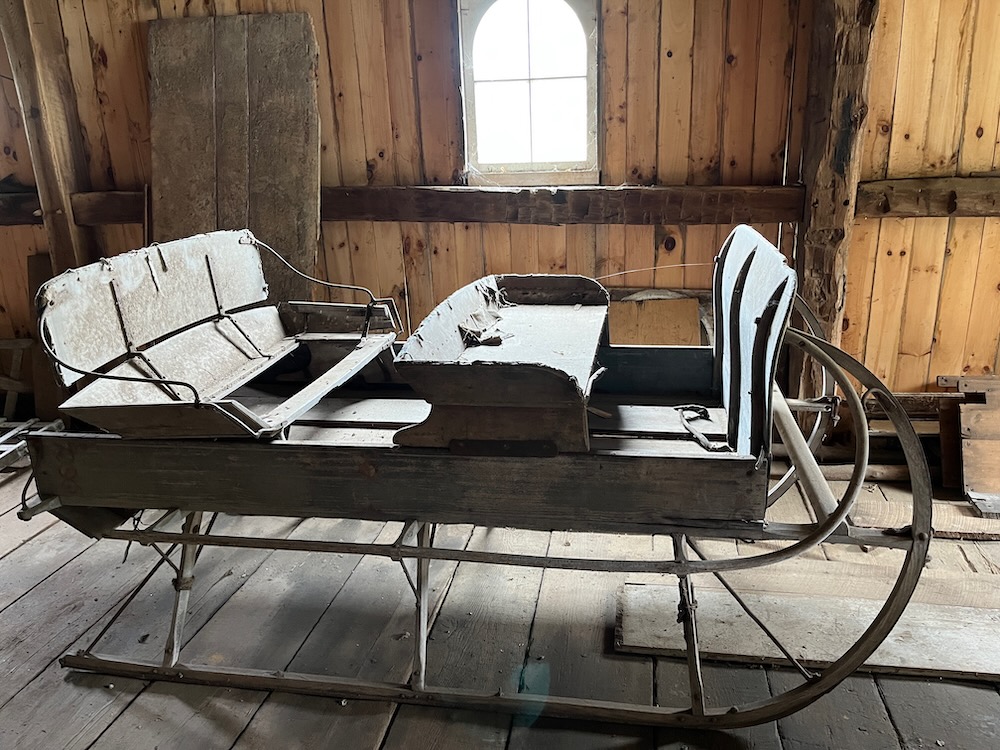
Awesome. And thank you Granby friends for letting me know about it.
The Wilcox House was, interestingly, owned and managed by the Granby Land Trust before it moved over to Granby’s Salmon Brook Historical Society.
The Society spent two years restoring the Captain Sadoce Wilcox House and Lyman Wilcox Barn. The old dwelling house, built in 1800, is ideal for helping visitors to imagine what life was like for farmers and artisans of the early 19th century.
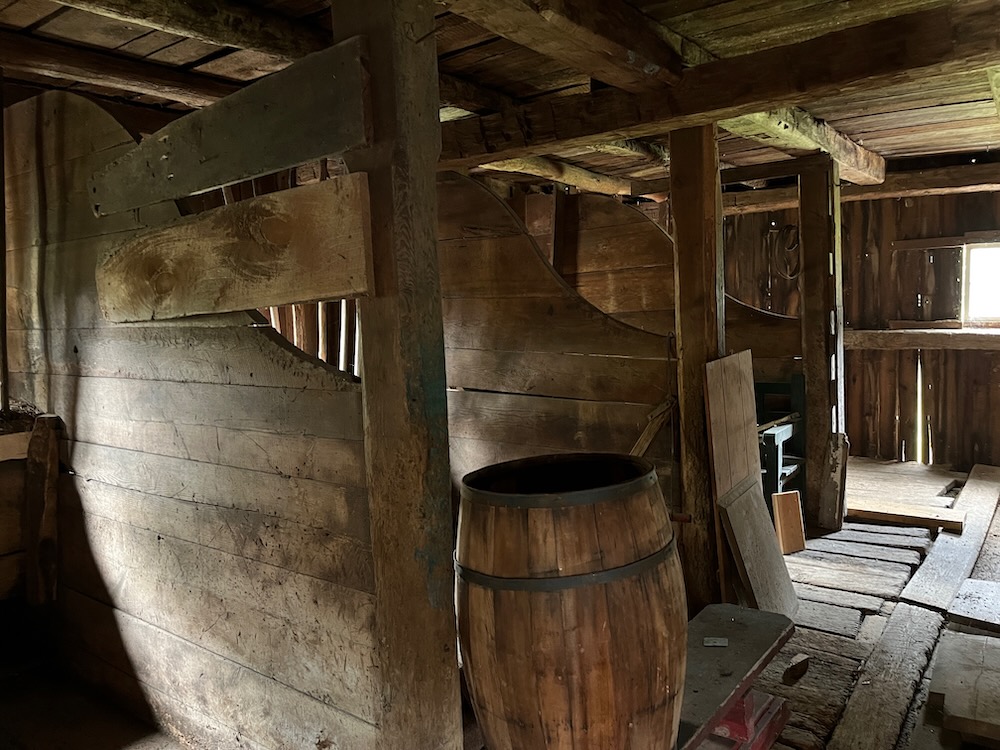

When the Land Trust, and then the Historical Society, acquired this property from sixth-generation owner Steven Wilcox Hastings in 2019, they were filled with family heirlooms, some dating to before the house was even built. Believe it or not the house remained a summer residence for the Wilcox family almost up until 2019 – yet most of the two buildings were unchanged from their original state.
After careful analysis of original paint colors, fireplace construction and furniture use as detailed in Captain Wilcox’s 1833 probate inventory, the first floor of the house has been restored to closely appear as it did when the family’s first generation lived and worked in it.
And now I’ve visited it.
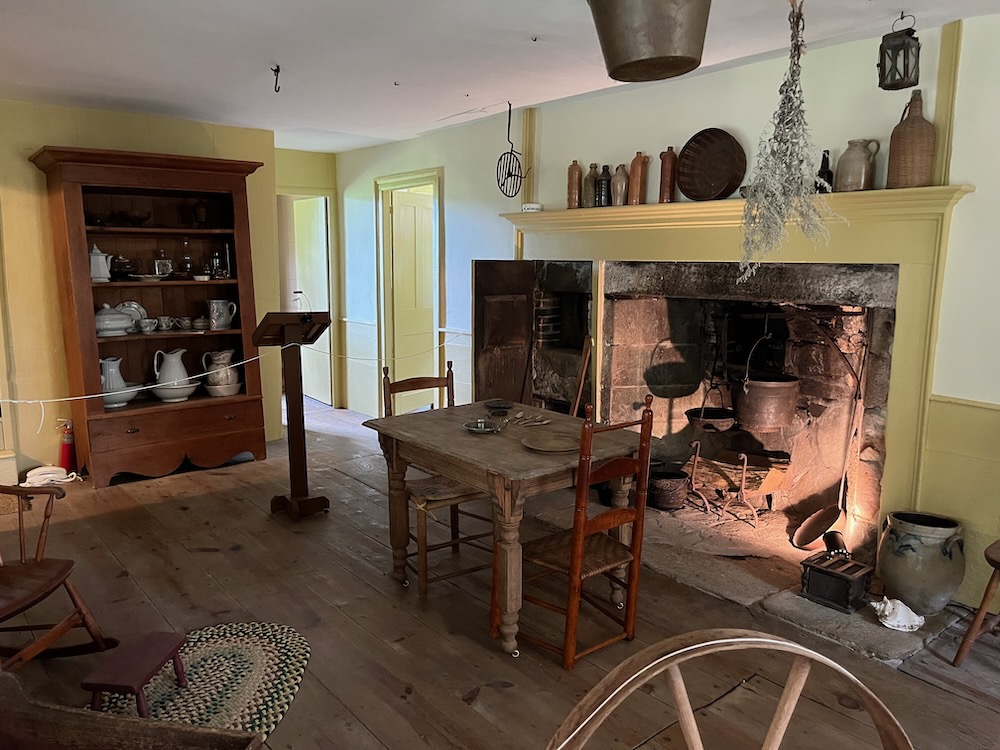
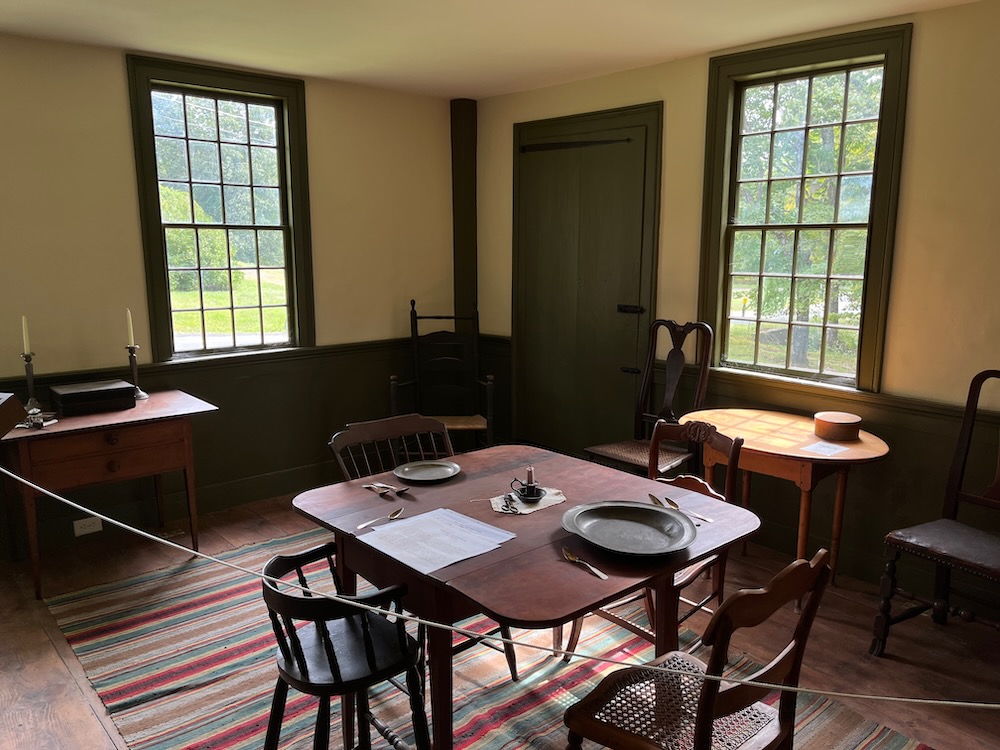
It’s often sometimes weird when a historic house museum is crawling with people like this one was. Hey man, it was Granby Open Farm Day and as I’ve said, Granby Open Farm Day is like Christmas, Fourth of July, and New Years Eve all rolled into one*.
*Granby residents only.
Historian Mark Williams was even here for a few hours regaling visitors with stories of the Wilcox family and 18th and 19th century Granby. (Granby Superfans are surely aware of Williams’ book The Brittle Thread of Life about the beginnings of Granby when it was essentially dangerous frontier.)
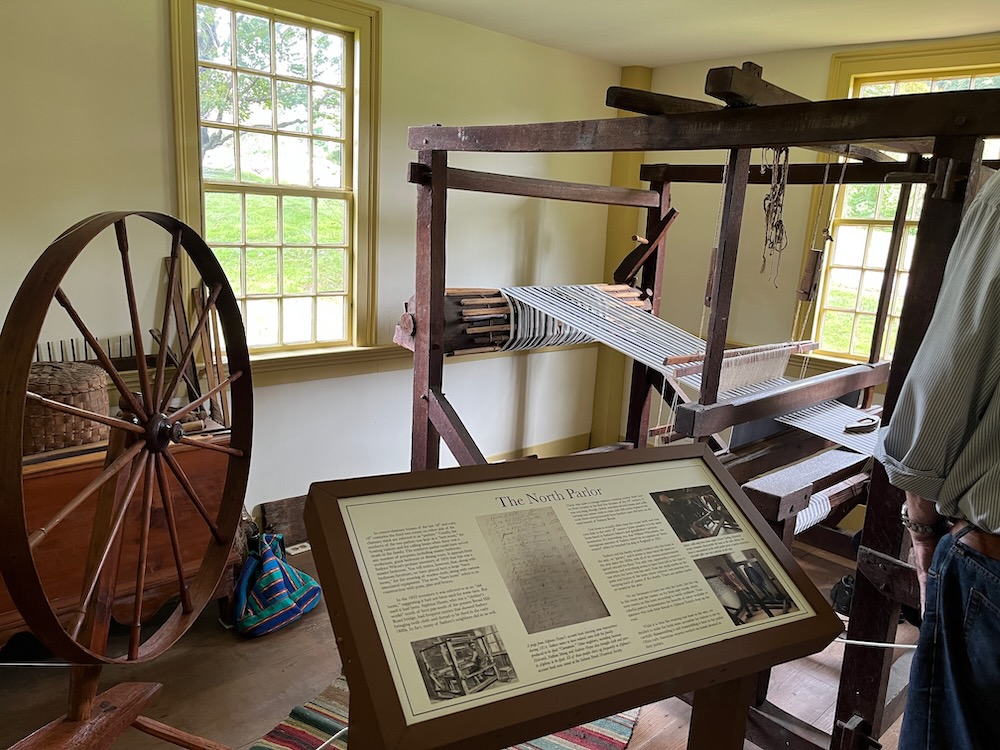
I missed Mr. Williams but the docents were still talking about him when I arrived, using superlatives like “amazing” and “brilliant.” As a non-Granbyite who has read (and reviewed!) his book about pre-Granby Granby, he’d probably enjoy meeting me as much I him. (I’m kidding myself, I know.)
To get to the house, I had to walk past the barn. I’m not sure when the barn ever looked this good in its life, but hats off to the restorers and painters for sure. This farm spanned nearly 200 acres on both sides of the road and southward. The carriage barn of today was Sadoce’s blacksmith shop back in the day.
There are interpretive signs here detailing the lives of the Wilcox generations. Names, births, deaths, marriages, occupations through the 19th century. By 1908, however, this joint was solely used as a summer residence. This is why nothing much was ever done to modernize it apparently.
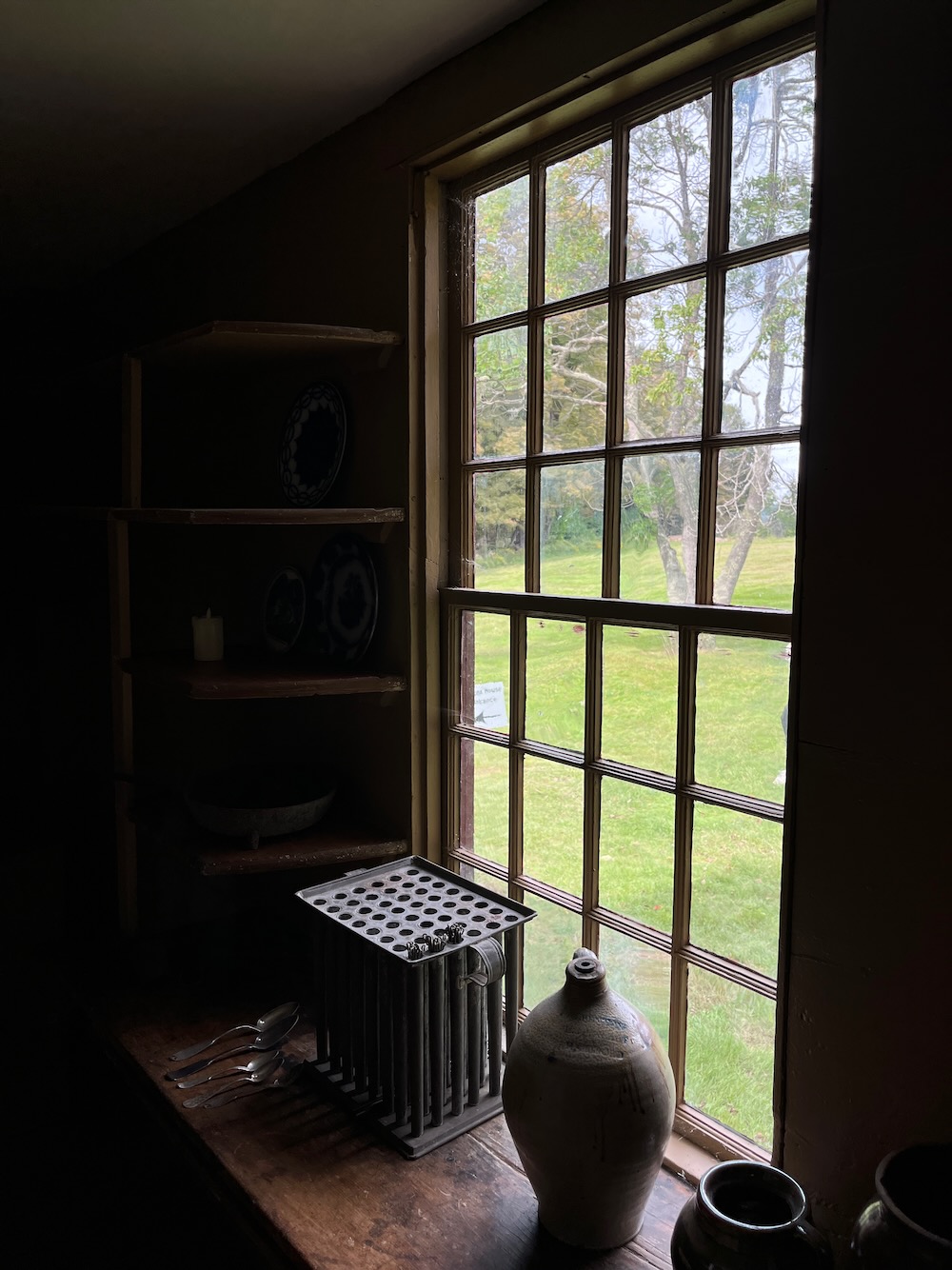
This is apparent from inside the residence as well. As you can imagine, Sadoce, his wife Roxie, and their 11 children, lived lives filled with hard work. This work spanned a great variety of tasks beyond farming, including Sadoce’s blacksmith business, cider brandy distilling and woolen cloth production. The cloth was woven on an 18th-century loom, which is now on display in the north parlor.
One room – what was once a small and very warm room due to its southside position and proximity to the center chimney – was called The Borning Room. The sign here stated, “it probably served not only as a place where babies were born, but also where sick family members convalesced or passed away… How many used the room in sickness or dying can only be imagined.”
I’ll pause here to allow you some time to imagine a bunch of people dying in a small room in what was the middle of nowhere in the 19th century.
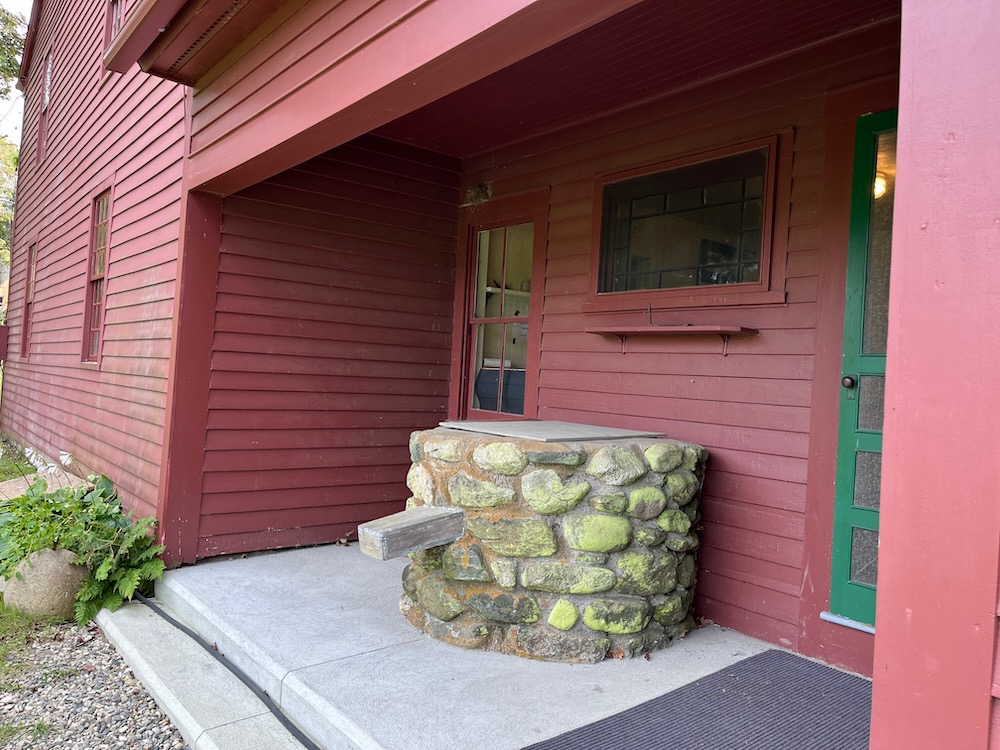
All done? Good. Each room has a nice little sign explaining how it was used when it was properly used. The entry hall and south parlor, for example, teaches us this: “The large ‘coffin door’ on the south side reminds us, as well, that these were years before churches and funeral parlors took over calling hours and memorial services.”
Man, this page has turned dark. The family’s original loom looms large here. It was kept in the attic for a hundred years because that’s where the weaving would take place. The Society moved it down into the house for us all to see, however. Another thing to see and notice here are the heavily worn floorboards of the pantry. We are told that this was because this was the most heavily trafficked room. I’ll buy that I guess.
There’s more here, but you get the gist. The Wilcox House is a remarkably well kept example of 19th-century Granby farm life. This is made even better by having a guy like Mark Williams assist in its presentation and explanation.
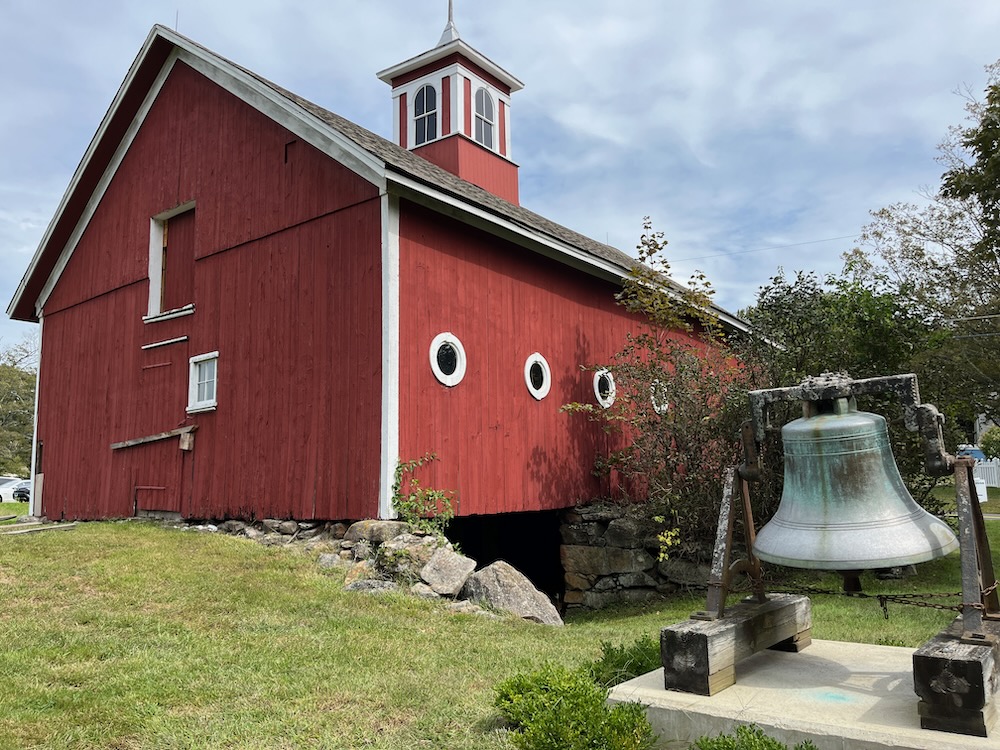
![]()
Salmon Brook Historical Society
CTMQ’s Museum Visits

 Mark Wilcox says
Mark Wilcox says
October 13, 2024 at 9:20 amThank you for doing such a great job of taking care of my families heritage.
I have just found out that Capt. Sadoce Wilcox is my 4th Great Grandfather.
I now look forward to visiting Grandby in the near future.
Mark Wilcox